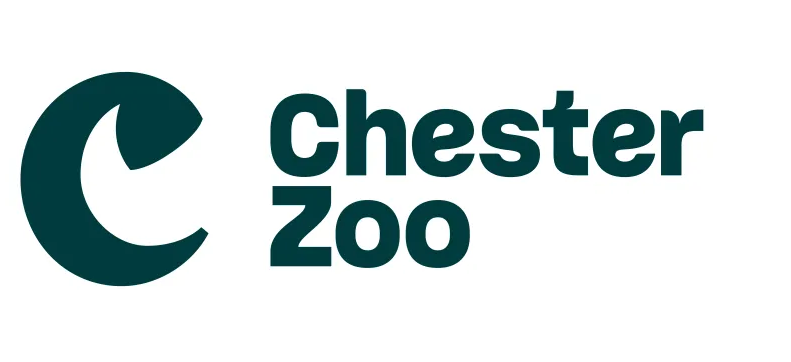What is the evidence for the effectiveness of husbandry and management interventions for the conservation and welfare of captive animals? A systematic map protocol.
DOI:
https://doi.org/10.19227/jzar.v8i4.521Keywords:
systematic review, systematic map, welfare, conservation, captive, evidence, zoo, protocolAbstract
Biodiversity is being lost at an alarming rate, much greater than natural background extinction. This crisis has highlighted the potential role of zoos, aquariums, and other captive facilities to mitigate the loss of biodiversity, although their ability to do so is sometimes questioned. Amongst other factors, zoos and aquariums have experienced challenges in sustaining viable populations under managed care (i.e. in captivity), identifying appropriate circumstances and approaches for reintroduction, and addressing societal concerns pertaining to the welfare of captive animals. Robust science-based methodologies must be developed and the effects of zoo- and aquarium-based practices assessed, in order to improve captive animal health and welfare, to better manage captive populations, and to optimise the success of population management and conservation breeding programmes. There is, therefore, an increasing need for evidence-based husbandry and management of captive animals for conservation. This study proposes a systematic map of research on husbandry interventions and practices associated with improving the conservation and welfare of captive animals, for better managing their breeding, and for other, related outcomes. This map, which will be freely available to all, will improve knowledge of the available evidence for both the commonly used and lesser known interventions and practices aiming to improve the welfare and conservation of captive animals, by answering several questions: Which studies have measured the effects of any possible management and/or husbandry interventions/practices on the conservation and welfare of captive animals? Which husbandry interventions/practices and outcomes have been studied, and which ones are lacking published evidence? For the purpose of this map, this study will focus on captive animals kept in zoos and aquariums but will consider evidence from other captive environments where appropriate. This paper provides the protocol outlining the methods designed to identify and collate into a systematic map the available global evidence for the effectiveness of husbandry interventions and practices for the welfare and conservation of captive animals.
Downloads
Additional Files
Published
Versions
- 31-10-2020 (2)
- 31-10-2020 (1)
How to Cite
Issue
Section
License
JZAR fulfils the DOAJ definition of open access and provides free and open access to the full text of all content without delay under a Creative Commons licence. The copyright holder of JZAR publications grants usage rights to third parties, allowing for immediate free access to the work and permitting any user to read, download, copy, distribute, print, search, or link to the full texts of articles.







